10 Breakthrough Technologies of 2016: Where Are They Now?

In February MIT Technology Review highlighted 10 breakthrough technologies poised to significantly change the world over the next few years. Here’s how they have progressed since then.

We predicted that 2016 would bring major progress on high-tech cancer cures enabled by using gene editing to tune the human immune system, and it did. First, American scientists got a green light to start using the gene-editing technique called CRISPR to customize T cells and turn them into cancer killers. That study turned out to have the backing of Internet billionaire Sean Parker, who in April had announced he’d give away $250 million toward “hacking” the immune system. By November, a Chinese company announced it had raced ahead and dosed a patient with the first T cells edited with CRISPR.

Precise Gene Editing in Plants
CRISPR gene editing isn’t only for cancer. The tool makes it easier to genetically modify crops, too. In 2016 U.S. regulators reaffirmed that many CRISPR crops won’t be regulated. That means they’ll come to market much faster than previous GMOs could. Leading the way is a “waxy” corn plant created by DuPont, useful in canned foods and as an emulsifier for salad dressing, which could be commercialized inside of five years. Other scientists came up with a non-browning mushroom. And in December, researchers at Cold Spring Harbor Laboratory in New York showed gene editing could make commercial tomato varieties ripen on the vine two weeks faster than usual.
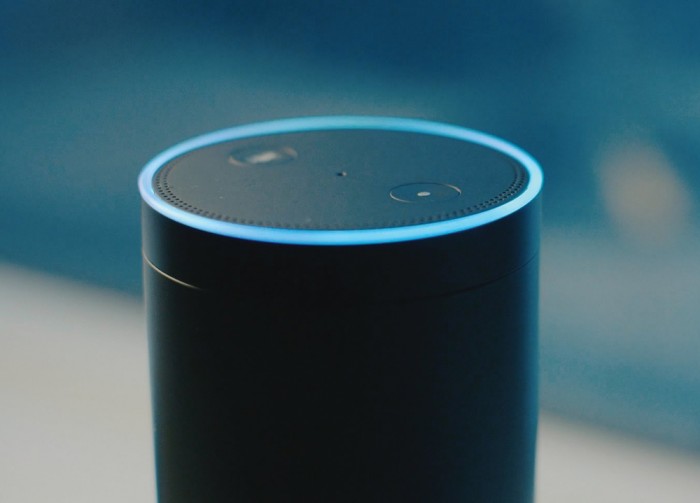
We knew in February that improvements in machine learning had made software much more accurate at transcribing speech, opening the way for computers to be useful in more places and situations. Since then we’ve seen large tech companies increasingly encourage us to use our voices to interact with computers. There’s a race going on in voice-operated assistants, such as Siri and the recently launched and prosaically named Google Assistant. Google and Amazon also think voice interfaces can help people out in the home, with a new device called Google Home competing with the more established Echo. Amazon is even exploring how speech interfaces could be improved if they could recognize signs of emotion in your voice.

Late in 2015, two rockets did something no rocket had done before—they landed carefully back on their launch pads on folding legs. Those demonstrations came from Blue Origin, founded by Amazon CEO Jeff Bezos, and SpaceX, founded and led by Elon Musk. Reusable rockets could make space access much cheaper. Since the first landings, SpaceX has made five more landings, four of them on an uncrewed barge in the Atlantic ocean (watch a short video of the first of those sea landings). In 2017 SpaceX aims to start reusing rockets that have previously launched and landed. Blue Origin has already reflown one of its smaller, lighter reusable rockets. The booster that first flew and landed in November 2015 has now blasted off and safely touched down five times.
Robots are klutzes. “Most robots can’t handle most objects most of the time,” Brown professor Stefanie Tellex told our EmTech MIT conference this past fall. She is trying to change that by having teams of robots experiment with the world, pooling their experiences in attempting to pick up objects such as hair brushes and rubber ducks so that their software can build up knowledge faster. And companies are now adopting that approach. Google researchers recently revealed how a collection of robotic arms dubbed the “arm farm” learned to operate door handles. Fanuc, one of the world’s largest manufacturers of industrial robots, has announced that it will design future products so the parallel learning technique can be used in factories.
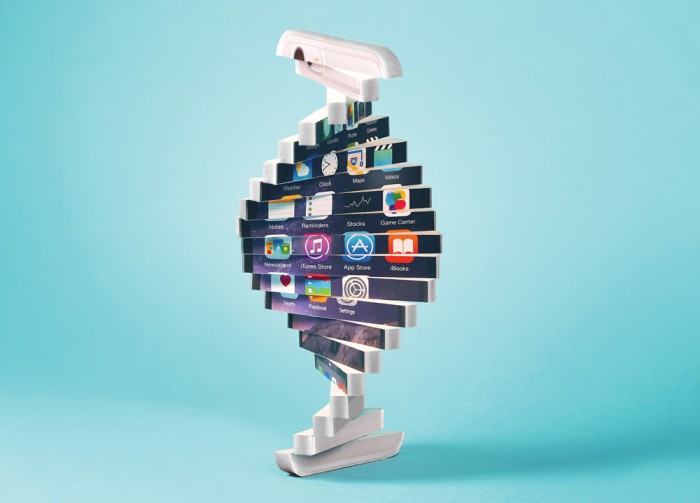
Pay-as-you-go access to your genome? That’s the big idea behind Helix, a company that wants to make extracting information hidden in your genome as easy—and cheap—as installing a phone app. It took Helix the entire year to make its idea a reality, including building a massive, centralized DNA sequencing facility in San Diego. The app store finally launched in November, and will offer National Geographic’s ancestry research service, called Geno 2.0, as well as an app that uses your DNA to recommend wines you might enjoy and another that advises parents-to-be about genes they may pass on to their children. To participate, order any of the tests and give a single spit sample. After that, your DNA will remain on file so any new apps you buy can access it instantly.
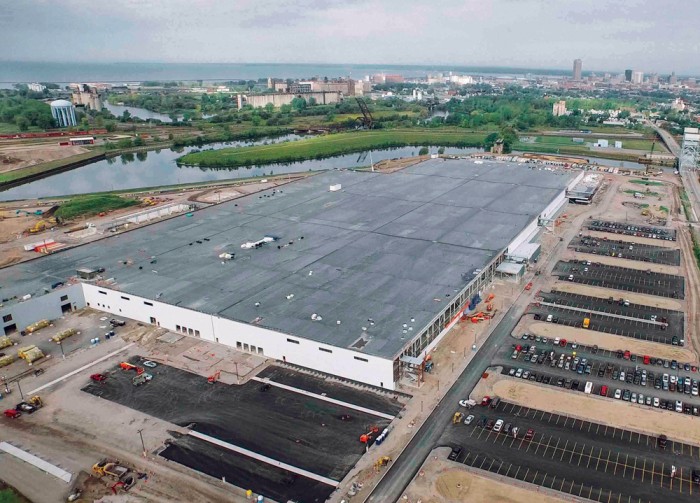
The 27-acre facility built by Elon Musk’s solar company in Buffalo, New York, is expected to start producing solar cells in 2017. That could cause the cost of installing solar panels on homes to fall dramatically, as SolarCity is in full control of manufacturing, selling, and installing them. Still, SolarCity has consistently lost money. And although a recent deal to merge it with Musk’s car company, Tesla Motors, will provide new resources, the auto company has troubles of its own.
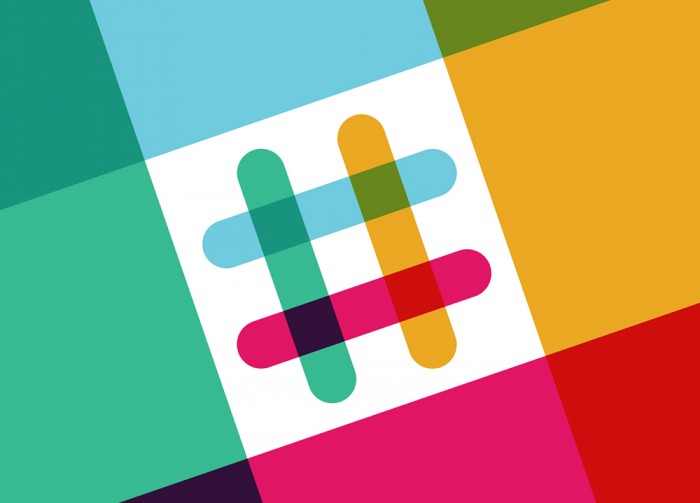
Sometimes new ideas only catch hold when the right time and implementation come along. Such is the story of Slack, which offers instant messaging and chat rooms for use at work. The service’s core is similar to Internet Relay Chat, which originated in the late 1980s. Slack’s inclusion of features such as file uploads and seamless syncing across mobile and desktop devices have proven to be a major draw for workers bogged down with e-mail. Slack is now working to parlay its popularity with startups and other companies keen to experiment into success with more traditional corporations. The fact that Microsoft is launching a service similar to Slack, called Teams, suggests that instant messaging at work is here to stay.

We put Tesla’s automated driving technology on our list after the car company used a software update to upgrade 60,000 cars on the road with the ability to steer themselves on certain roads. The feature has since driven Tesla owners more than 200 million miles. Tesla recently added new hardware to its vehicles that CEO Elon Musk says will allow “full self-driving capability.” When that capability might be activated is unclear, but Musk thinks he can get it into the public’s hands faster than competing automated driving projects. The data connections in all Tesla vehicles may give the company an advantage by helping it test software against real-world data. But Tesla’s efforts will be complicated by the two federal investigations into the first fatal crash involving Autopilot, in which a Tesla drove into a tractor-trailer turning across the road.
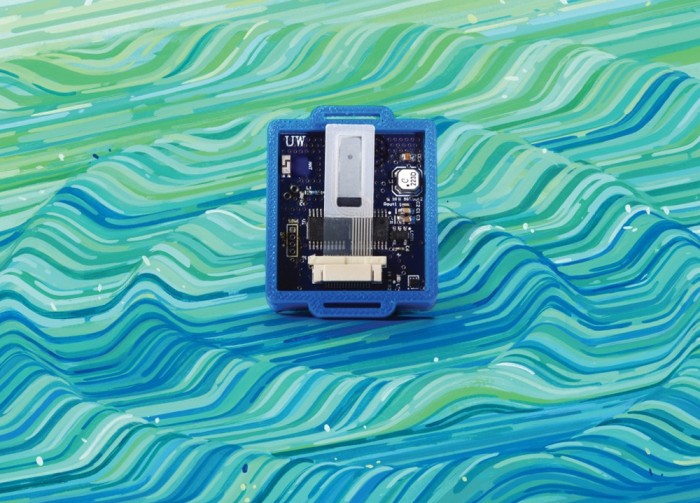
We live submerged in an ocean of Wi-Fi signals—and it’s possible to design gadgets that use them to power themselves and communicate. Researchers at the University of Washington developed that approach, which they call passive Wi-Fi, and created a startup called Jeeva Wireless to commercialize it. The company is now talking with a major pharmaceutical company about adding connectivity to disposable medical products. Back in the university labs, the researchers behind the company have demonstrated a Wi-Fi-powered contact lens that can link to a smartphone over Wi-Fi, and a prototype skin patch that uses the same approach to collect and communicate data on a person’s temperature and breathing patterns.
Deep Dive
Computing
How ASML took over the chipmaking chessboard
MIT Technology Review sat down with outgoing CTO Martin van den Brink to talk about the company’s rise to dominance and the life and death of Moore’s Law.
How Wi-Fi sensing became usable tech
After a decade of obscurity, the technology is being used to track people’s movements.
Why it’s so hard for China’s chip industry to become self-sufficient
Chip companies from the US and China are developing new materials to reduce reliance on a Japanese monopoly. It won’t be easy.
Stay connected
Get the latest updates from
MIT Technology Review
Discover special offers, top stories, upcoming events, and more.